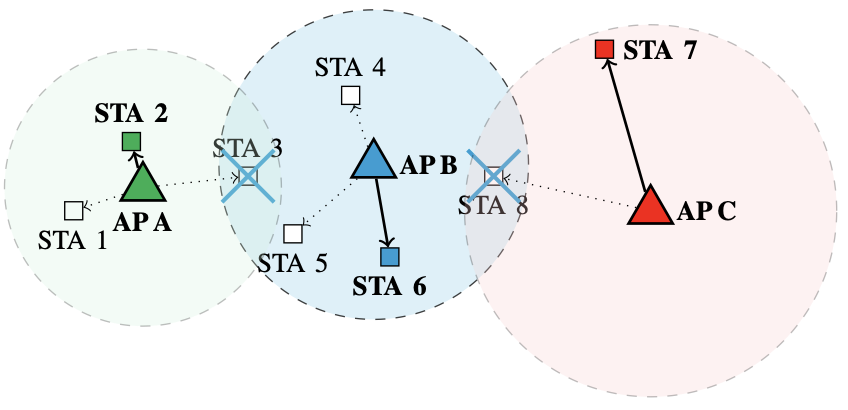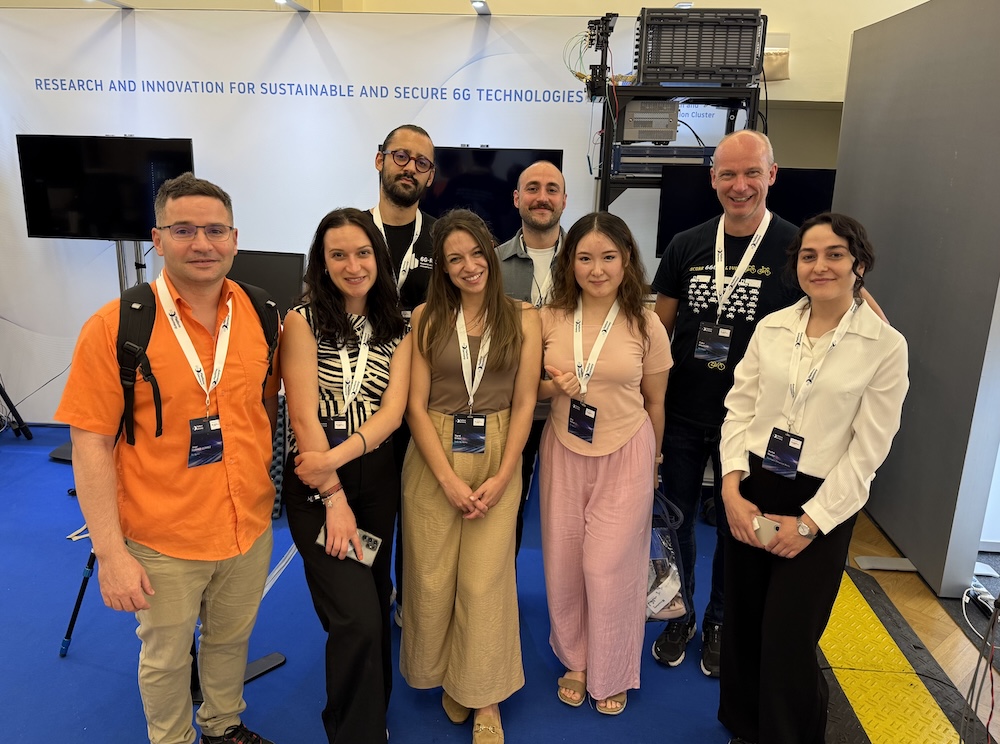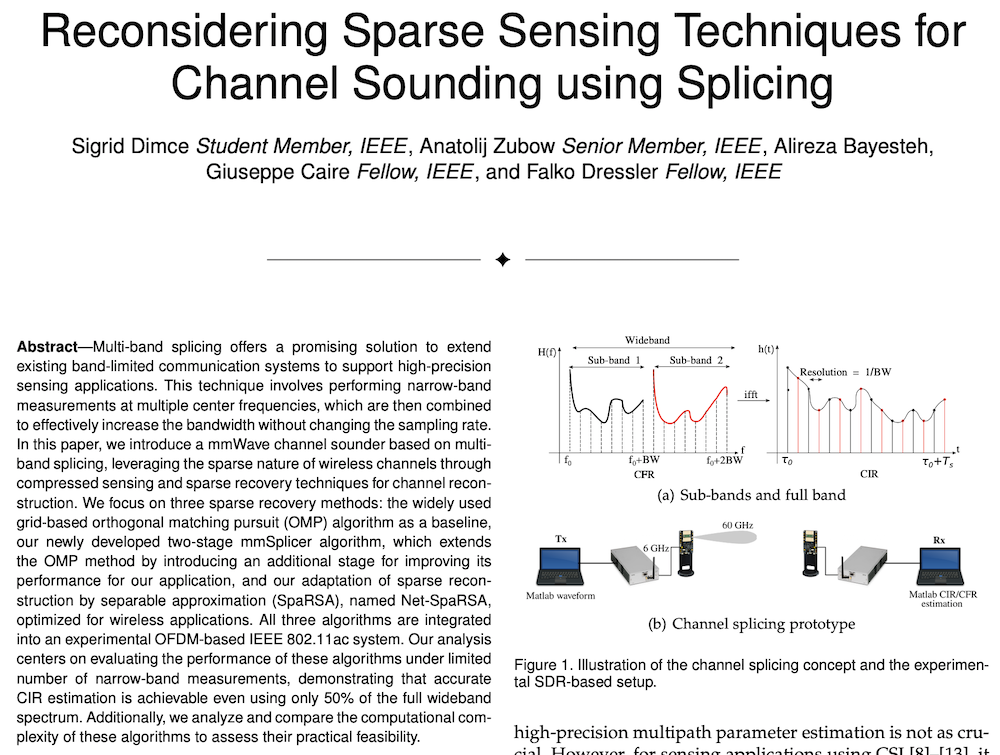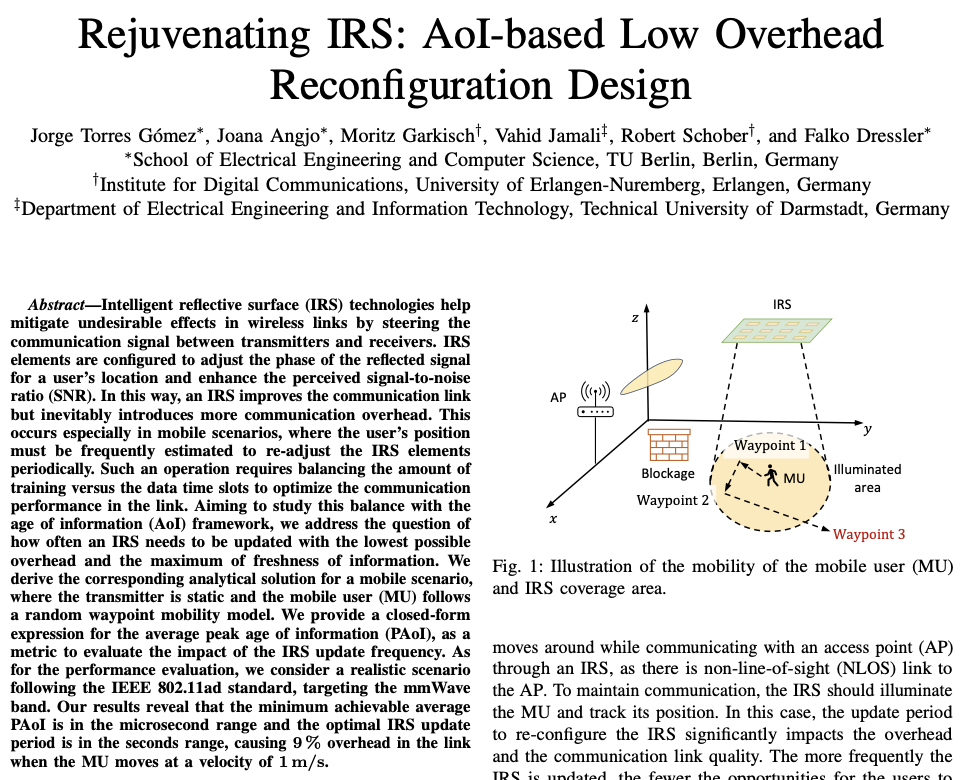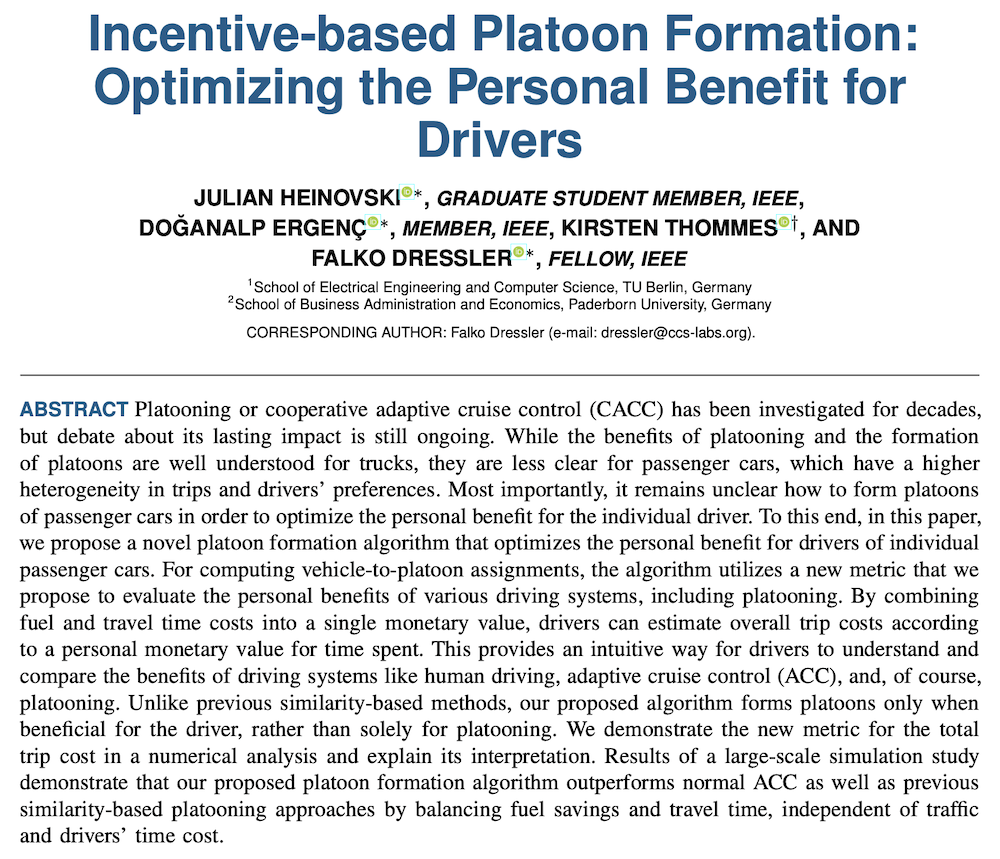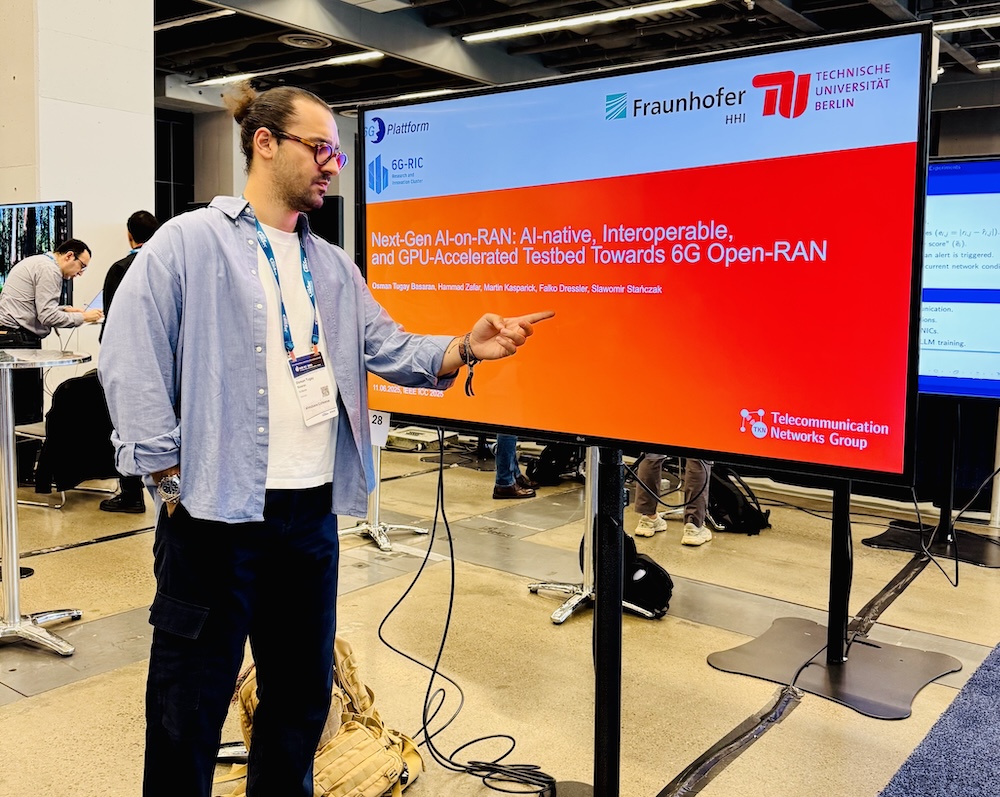Literature Database Entry
luebke2021comparing
Maximilian Lübke, Sigrid Dimce, Max Schettler, Fabian Lurz, Robert Weigel and Falko Dressler, "Comparing mmWave Channel Simulators in Vehicular Environments," Proceedings of 93rd IEEE Vehicular Technology Conference (VTC 2021-Spring), Virtual Conference, April 2021.
Abstract
With the emerging 5G solutions for vehicular networking, the spectrum of radio communication technologies also extends into the mmWave band. This is further supported by the recent move towards RADar based COMmunication (RADCOM), i.e., the deeply integrated use of the 77GHz band for communication and sensing. mmWave communication has widely been explored both analytically as well as in experiments, particularly for indoor usage and semi-stationary outdoor scenarios. In this paper, we explore the capabilities of existing simulators for the vehicular use case. We selected WinProp using deterministic ray-tracing techniques and NYUSIM relying on stochastic simulation of the channel. We compare both with a strong focus on simulation accuracy, usability, and computational performance.
Quick access
Original Version ![]() (at publishers web site)
(at publishers web site)
Authors' Version ![]() (PDF on this web site)
(PDF on this web site)
BibTeX ![]()
Contact
Maximilian Lübke
Sigrid Dimce
Max Schettler
Fabian Lurz
Robert Weigel
Falko Dressler
BibTeX reference
@inproceedings{luebke2021comparing,
author = {L{\"{u}}bke, Maximilian and Dimce, Sigrid and Schettler, Max and Lurz, Fabian and Weigel, Robert and Dressler, Falko},
doi = {10.1109/VTC2021-Spring51267.2021.9448732},
title = {{Comparing mmWave Channel Simulators in Vehicular Environments}},
publisher = {IEEE},
issn = {2577-2465},
isbn = {978-1-7281-8964-2},
address = {Virtual Conference},
booktitle = {93rd IEEE Vehicular Technology Conference (VTC 2021-Spring)},
month = {4},
year = {2021},
}
Copyright notice
Links to final or draft versions of papers are presented here to ensure timely dissemination of scholarly and technical work. Copyright and all rights therein are retained by authors or by other copyright holders. All persons copying this information are expected to adhere to the terms and constraints invoked by each author's copyright. In most cases, these works may not be reposted or distributed for commercial purposes without the explicit permission of the copyright holder.
The following applies to all papers listed above that have IEEE copyrights: Personal use of this material is permitted. However, permission to reprint/republish this material for advertising or promotional purposes or for creating new collective works for resale or redistribution to servers or lists, or to reuse any copyrighted component of this work in other works must be obtained from the IEEE.
The following applies to all papers listed above that are in submission to IEEE conference/workshop proceedings or journals: This work has been submitted to the IEEE for possible publication. Copyright may be transferred without notice, after which this version may no longer be accessible.
The following applies to all papers listed above that have ACM copyrights: ACM COPYRIGHT NOTICE. Permission to make digital or hard copies of part or all of this work for personal or classroom use is granted without fee provided that copies are not made or distributed for profit or commercial advantage and that copies bear this notice and the full citation on the first page. Copyrights for components of this work owned by others than ACM must be honored. Abstracting with credit is permitted. To copy otherwise, to republish, to post on servers, or to redistribute to lists, requires prior specific permission and/or a fee. Request permissions from Publications Dept., ACM, Inc., fax +1 (212) 869-0481, or permissions@acm.org.
The following applies to all SpringerLink papers listed above that have Springer Science+Business Media copyrights: The original publication is available at www.springerlink.com.
This page was automatically generated using BibDB and bib2web.

